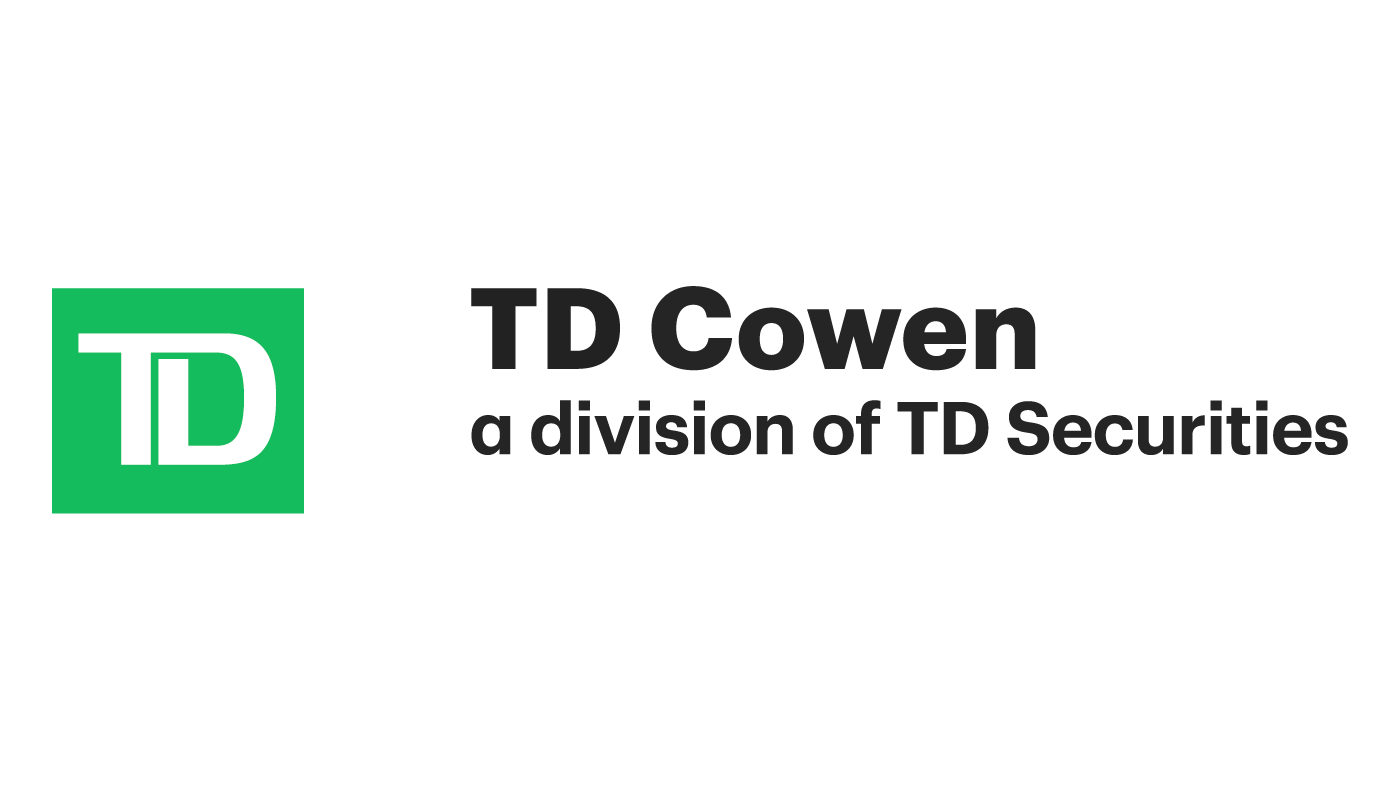
7 Ways to Address Construction Workers’ Mental Wellness It’s no secret that construction is one of the most dangerous occupations around.According to OSHA, one in every 10 construction workers is injured every year, and the industry accounts for roughly 20 percent of all private industry fatalities.But what many people don’t realize is that construction workers are also at extremely high risk for mental health issues.
In fact, it’s called the “silent epidemic” in the construction industry.The Lifestyle The typical construction worker’s job is full of stresses that can lead to mental health issues.The hours are long, the work is hard, overtime is common, deadlines are tight, and millions of dollars are often at stake.
The physically demanding work can result in exhaustion, burnout, and/or injuries that lead to acute and chronic pain, which affects every aspect of life.Many work at jobsites away from home, friends, and family for weeks or months on end.And there are financial stresses – the work can be seasonal, cyclical, and transient, often under threat of jobsites being shut down or projects being stalled.
Workers under these stresses can suffer from depression, anxiety, and other psychological distress.That can lead to illness, absenteeism, workers’ compensation claims and negative behaviors such as alcohol, tobacco, or drug use.It can also lead to presenteeism, with workers physically there but distracted, and that’s a risky combination in this business.
Unfortunately, the construction industry still has a long way to go to effectively address mental health issues.The Strong, Silent Epidemic There’s no doubt construction is a male dominated industry, and men are typically more reluctant to talk about mental and emotional issues than women are.They’re also less likely to seek out support from professional services when they need help.
Tragically, one of the results of the silence is a high suicide rate.According to the Construction Industry Alliance for Suicide Prevention (CIASP), the industry’s suicide rate is 49.4 out of every 100,000.That’s nearly four times greater than the national average and five times greater than all other construction fatalities combined.
Those staggering numbers are solid evidence that more needs to be done to address the mental health of our construction workers.Promoting Mental Health: What Can Employers Do? Follow these seven tips to promote mental wellbeing in your construction business: Create awareness of mental health issues such as depression, loneliness, and anxiety in the same manner you do for slip-and-fall, electrocution, and crush injuries.Invite a mental health expert to your safety meetings to offer guidance.
Incorporate mental health, substance abuse, addiction recovery, and suicide prevention into your safety, health, and wellness programs and your employee benefits packages.Emphasize the need for constant communication.Be open to workers’ concerns about stress levels or mental health issues and encourage them to talk to someone about it.
Provide management training for senior managers to recognize when a worker is struggling.Encourage use of Employee Assistance Programs (EAP), which can assist workers with personal or work-related issues that could be negatively impacting their job performance and their mental wellbeing.Offer mental health first aid training just as you offer CPR or physical First Aid training.
Provide information on resources such as doctors, local help lines, and other tools to connect workers with the appropriate people and groups that can provide support.Here are two resources for more information: In the end, a company’s culture of safety, health, and wellness has to include mental wellbeing.Implementing these tips will go a long way in achieving that at your company.
Need more construction risk management advice? Contact the professionals at BNC Agency today.
Publisher: Normal for Business








